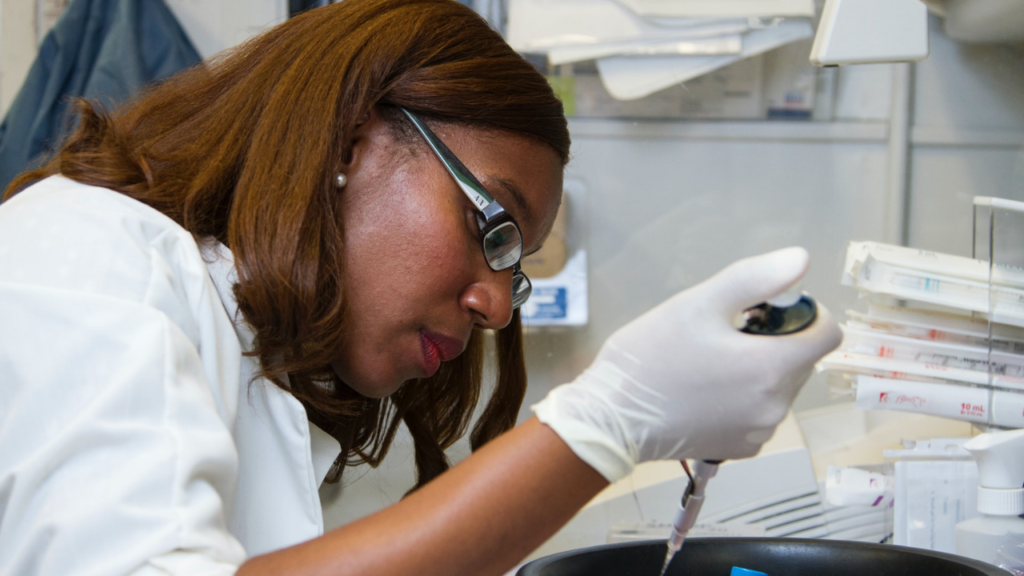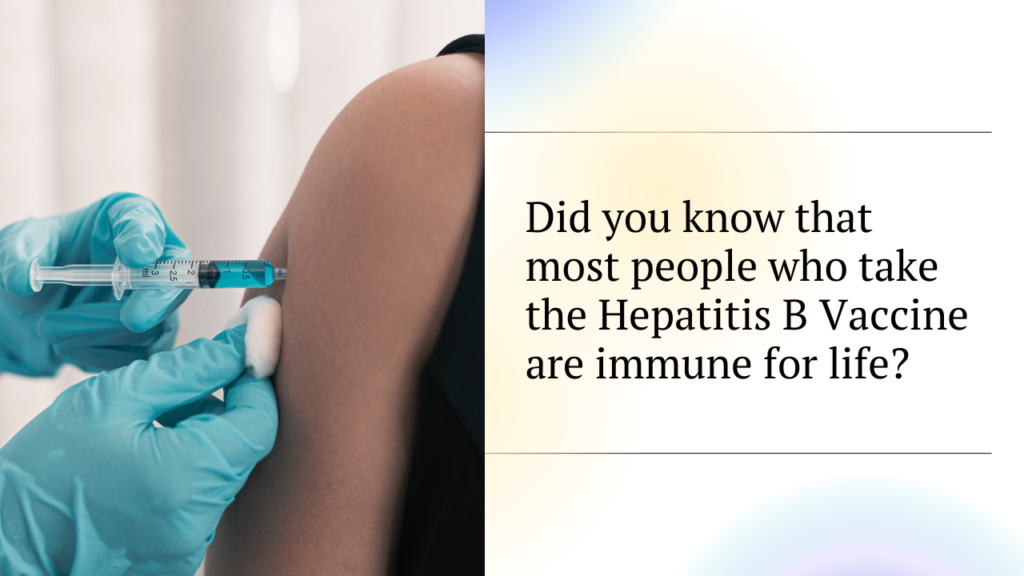We are going to take a trip down memory lane to recall some of the medical advancements that defined 2021 despite the covid-19 pandemic.
The year 2021 was a year of delivering answers to the Covid-19 epidemic that happened in 2020. However, it didn’t seem to deter scientists from inventing medical breakthroughs. The following is a list of incredible innovations in the field of health and medicine.
Vaccines:
So many people are tired of hearing about Covid-19 and vaccines. From an obvious angle, most people don’t want to take it because of the negative side effects (i.e. they are scared). Nevertheless, there is good news as the mRNA vaccines work wonders. What is the mRNA vaccine all about? It is a type of technology that has been in development for decades. Unlike a normal vaccine, RNA vaccines work by introducing an mRNA sequence (the molecule which tells cells what to build) which is coded for a disease-specific antigen. Once produced within the body, the antigen is recognized by the immune system, preparing it to fight the real thing.
In a layman’s term! RNA (mRNA) vaccines teach our cells how to make a protein that triggers an immune response. They are safe and effective at preventing COVID-19. Now how do they work? mRNA vaccines work by introducing a piece of mRNA that corresponds to a viral protein. It is usually a small piece of a protein found on the virus’s outer membrane.
Gene Therapy:
Next is gene therapy for sickle cell disease. It was discovered that a single dose restored blood cells to their normal shape and eliminated the most serious complication of the disease. This usually lasted for at least three years in some patients. The single-dose therapy, tested on 35 adults and adolescents with sickle cell disease, essentially corrected the shape of the patient’s red blood cells. It also eliminated episodes of severe pain, caused when rigid, crescent-shaped red blood cells clump together and block blood vessels. The painful episodes often result in widespread organ damage. Such episodes are a frequent cause of emergency department visits, hospitalizations and lead to early death. Since 2012, researchers have been tweaking CRISPR, the gene-editing tool that easily edits the human genome, to treat diseases caused by DNA mutations.
But until this year, the method, which involves injecting a patient with tweaked stem cells, had only been used to treat conditions whose mutations are in the bloodstream, such as sickle-cell anemia. In August of 2021, researchers published the results of a six-person clinical trial in which doctors attempted to fix a genetic defect that causes a rare liver condition called transthyretin amyloidosis. Packaged inside a tiny blob called a lipid nanoparticle, the gene-editing tech made its way to the liver, where it went to work correcting defective cells. There’s still a long way to go before this treatment, which is still in the first phase of clinical trials, finds its way to the market. But, if successful, it could pave the way for healing a wide variety of genetic conditions.
Telemedicine:
Telemedicine prevailed in the era of the COVID-19 outbreak in the year 2020 and 2021 respectively, and ever since then, Telemedicine has become the new normal. Through the wings of social media, this innovation has thrived and is still thriving. Telemedicine is an innovative way of getting access and delivering health care using digital devices such as mobile devices and computers. Patients can easily speak with a doctor via video call and voice call. Patients can now be treated from the comfort of their own homes, thereby improving the quality of life for many people. This has aided Health care providers tremendously because telemedicine helps to securely share electronic information with patients and other clinicians.
Helping healthcare providers more effectively diagnose patients, reduce medical errors, and provide safer care. Improving patient and provider interaction, communication, as well as health care convenience leads to a safer and more reliable prescription. While for patients, the benefits that telemedicine offers are endless. ew examples include – no more waiting long hours to be attended by a medical practitioner aka no more queues, less chance of getting a new illness as a result of less human contacts, no need to take time off work(well there are exceptions), no transportation cost or fee (no more traffic! What a relief)
In conclusion, as we turn the page on one year and look ahead to another, we can be sure that medicine, science, and public health will continue to move ahead with innovations that will make their mark.




This is really beautiful. Science is evolving and enjoying breakthroughs.
Nice read. The pharmaceutical and research industry has made giant strides in ensuring healthcare is accessible.